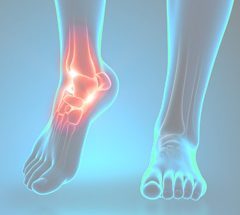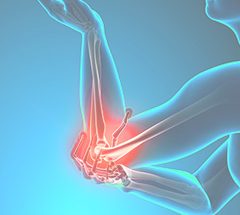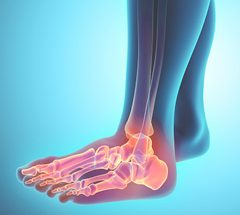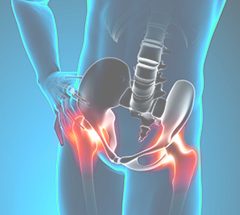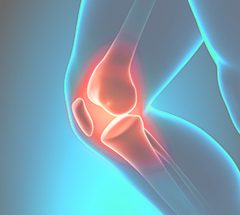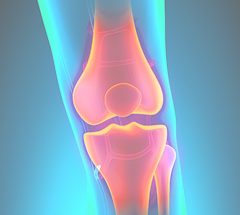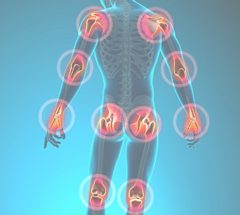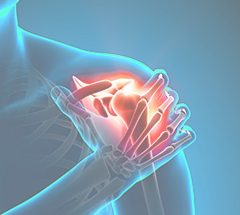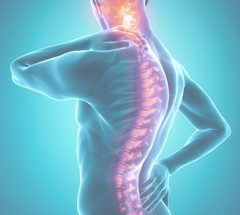Partial Knee Replacement
Total knee replacement has an extensive, long-term track record and is one of the most effective surgeries in all of orthopedics. However, total knee replacement includes a large operation, 2-3 days in the hospital, longer rehabilitation, and prolonged time off work. In roughly 12% – 15% of patients with osteoarthritis of the knee, the arthritic changes involve only one small area of the knee. These patients may be eligible for partial knee replacement. Partial knee replacement can be an important alternative, especially in younger patients.
Partial Knee Replacement
Partial knee replacement involves replacing only one side of the joint (where the cartilage has been damaged) with metal and plastic components. Total knee replacement involves replacing the entire joint.
Partial knee replacement is a minimally invasive alternative with less blood loss, less postoperative pain, and a lower post-operative infection rate. Since the cruciate ligaments are retained, it feels more like a normal knee than a total knee replacement. Partial knee replacement is a procedure with a reliable 8 to ten-year outcome in properly selected patients. It is a bone conserving, soft tissue friendly operation that sets the stage for an easier and more successful revision arthroplasty, making it an important option for the younger patient who needs to anticipate revision surgery in the future. These characteristics make partial knee replacement particularly attractive to the high-demand patient who seeks rapid return of function and a normal lifestyle.
Patient Selection
Partial knee replacement can only be done in patients with limited arthritis. More severe arthritis requires total knee replacement. As osteoarthritis progresses, the knee becomes more misaligned, stiff, and deformed. Proper alignment is critical for the long-term success of a partial knee replacement. Precise positioning of the implants is another critically important element of the durable partial knee replacement.
Computer navigation is a recent advancement in joint replacement surgery. It utilizes light-emitting diodes attached to the limb during surgery. These devices communicate directly with a camera attached to a computer and allow the surgeon to create a digital reproduction of the entire surgery. Computer navigation used during partial knee replacement helps minimize the amount of surgical dissection and ensures proper positioning of the implants. Component position, range of motion, ligament tensioning, and overall limb alignment are accurately and clearly viewed at every step during the operation. Errors in techniques that would otherwise go unnoticed can be quickly identified and corrected.
Outpatient Partial Knee Replacement
Minimally invasive surgical techniques have transformed partial knee replacement surgery. We are now able to perform the procedure through a smaller incision with less muscle damage due to improved instruments and techniques. This has led to less postoperative pain, earlier return of function (stair climbing and strait-leg raising), and more normal range of motion. Minimally invasive surgical techniques have created the opportunity to perform this surgery in an outpatient setting.
There are important advantages to performing minimally invasive partial knee replacements in an outpatient setting:
- Lower infection rates
- Lower cost
- Improved comfort
- Increased convenience and ease
- Greater patient satisfaction
Summary
Partial knee replacement is a very effective surgery in properly selected patients. Authors have shown that results of partial knee replacement can be comparable to those of total knee replacement. The use of computer navigation during this procedure allows precise component position, and minimally invasive surgical techniques enable this procedure to be performed in an outpatient setting. It is important to understand, only a limited number of patients will be appropriate for partial knee replacement. Most patients will still need to consider total knee replacement.






